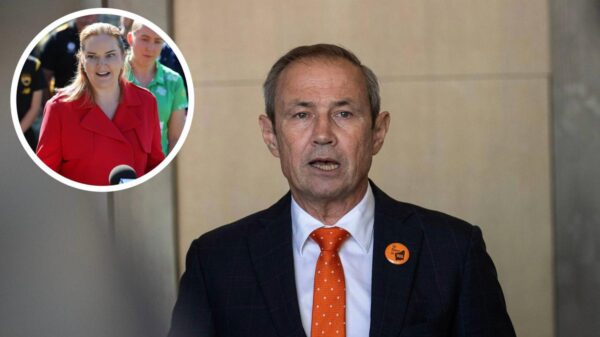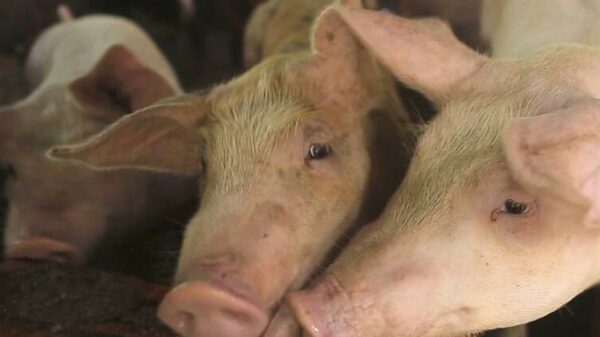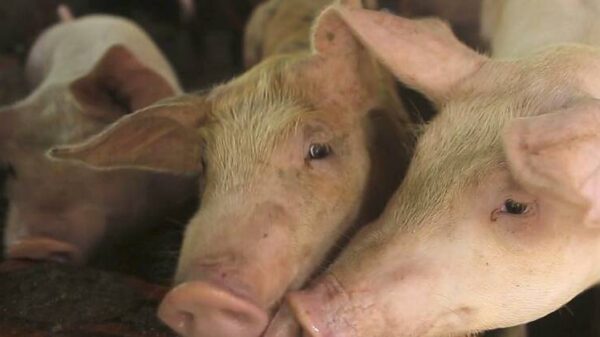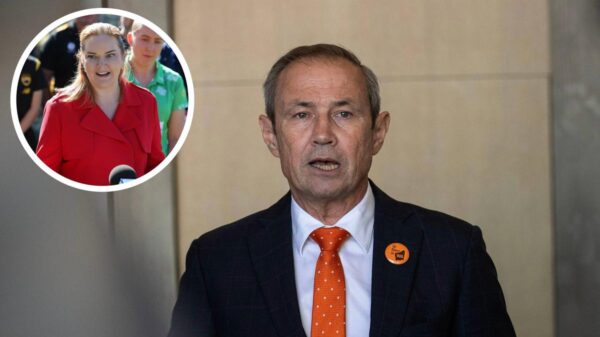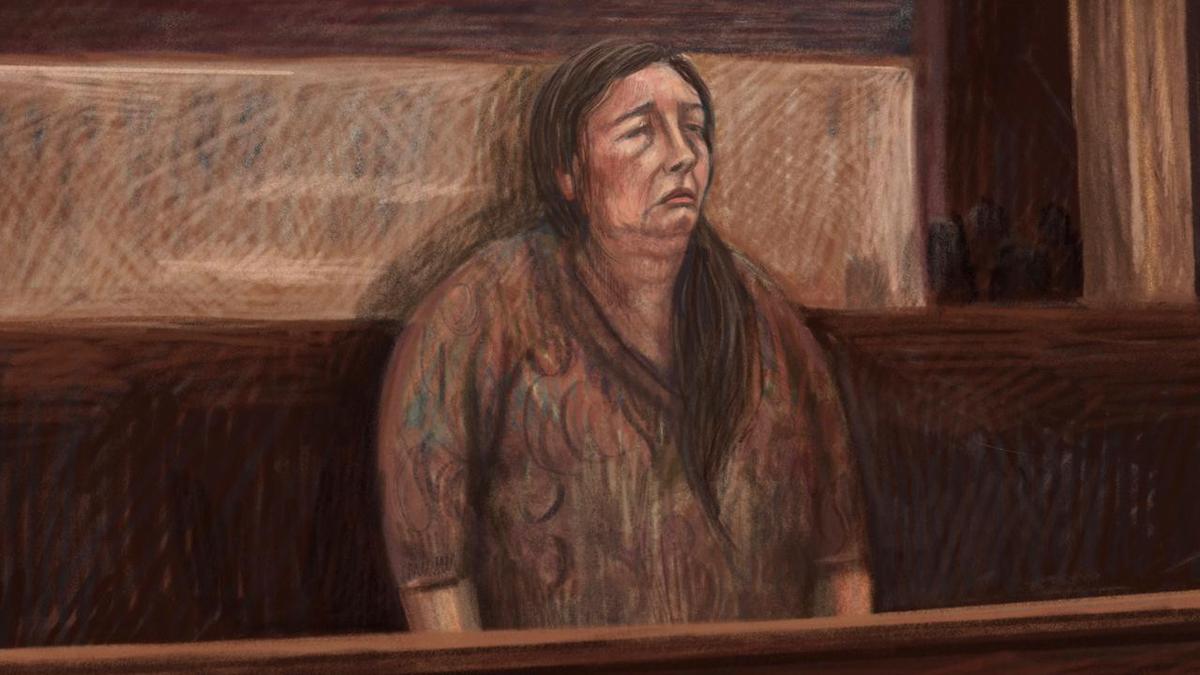UPDATE: Erin Patterson, the convicted “mushroom murderer,” faces a highly restricted life in the Dame Phyllis Frost Correctional Centre following her arrest in November 2023. In a recent court hearing in Melbourne, details emerged about her solitary confinement, where she is allowed minimal contact with other inmates, including a notorious terrorist.
Patterson, 50, has spent approximately 22 to 24 hours daily in her cell due to the “notoriety” of her crime, which has raised significant safety concerns. Her barrister, Colin Mandy SC, revealed that Patterson has limited access to the outside world, including a small courtyard attached to her cell, which she has rarely used. “There has been no request by Ms. Patterson for access to that person,” Mandy stated, referring to her only potential contact, a fellow inmate serving time for terrorism.
During the court proceedings, Jenny Hosking, assistant commissioner of Corrections Victoria, confirmed the prison’s staffing shortages, exacerbated by the COVID-19 pandemic, resulting in increased lockdowns. These conditions have further restricted inmate movement, including Patterson’s.
Mandy highlighted that Patterson has only been permitted to visit the prison library a handful of times, escorted by two guards and given a mere 20 minutes for access during each visit. Attempts to access the leisure center have also been thwarted, leaving her isolated from recreational activities.
The inmate in question, believed to be Momena Shoma, is infamous for stabbing another inmate with gardening shears. Despite being housed in protective isolation, Patterson’s safety remains a primary concern, as noted by Hosking, who said her situation would be continually reviewed. However, Mandy argued that her placement in isolation is likely to be permanent due to the ongoing “notoriety” of her offenses.
As the court deliberates Patterson’s request for a non-parole period, her life behind bars continues to unfold under these strict conditions. The implications of her case resonate deeply, highlighting the complexities of managing high-profile inmates and the broader issues surrounding prison reform and inmate rights.
This developing story is not just about one inmate’s struggle but also raises questions about the treatment of prisoners in Australia, particularly those with high-profile cases. As the situation evolves, more updates are expected from the Melbourne courts in the coming days.


